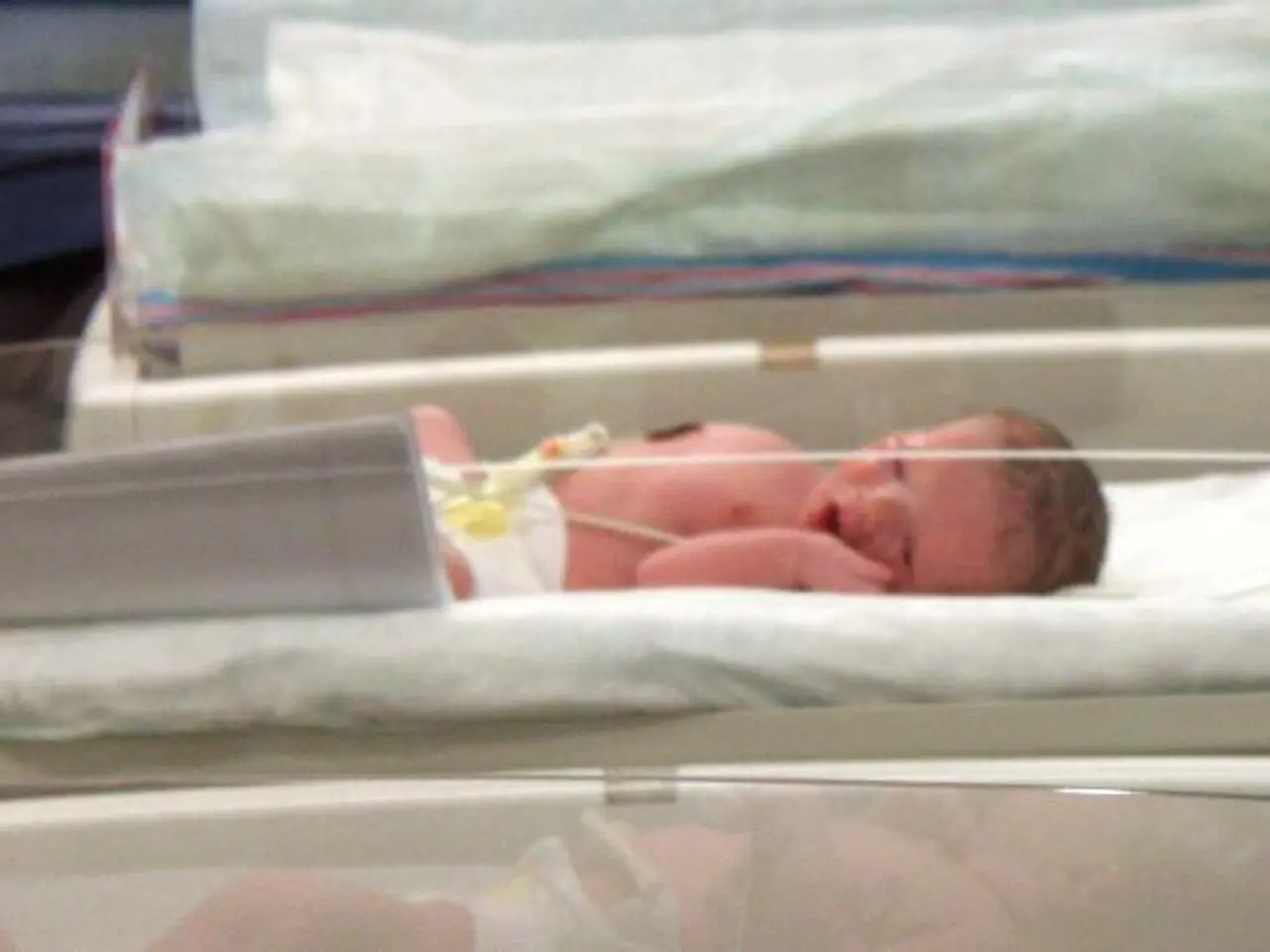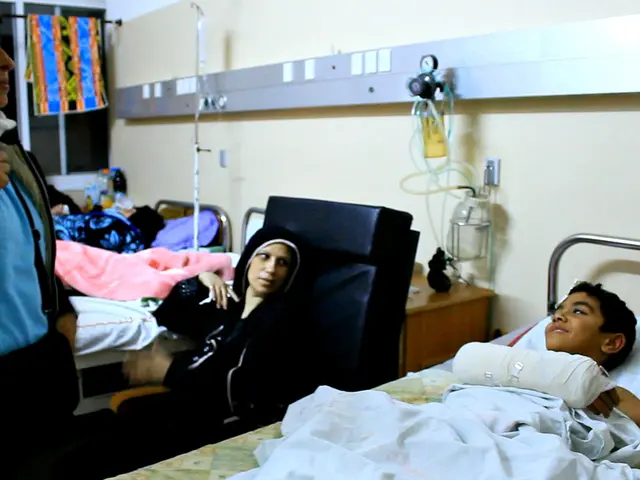Over 13 million babies have been born globally as a result of assisted reproduction techniques
A comprehensive study has revealed that between 1978 and 2018, an estimated 9.8 to 13.1 million babies were born globally through Assisted Reproductive Technology (ART). This includes various fertility treatments like In Vitro Fertilization (IVF), intracytoplasmic sperm injection (ICSI), preimplantation genetic testing (PGT), and embryo freezing.
The first baby born using ART was Louise Brown, who was born via IVF in July 1978. Since then, ART has helped millions of people have the families they desire. However, access to these life-changing services remains uneven across the world.
The highest usage rates of ART are found in Northern Europe, Israel, Australia, and New Zealand. Conversely, regions like Africa, South America, and parts of Asia exhibit much lower access, despite similar infertility prevalence rates across these areas. This disparity is due to various factors, including economic, infrastructural, and policy differences that affect ART availability and affordability.
Professor David Adamson, Chair of ICMART and study author, predicts continued increased utilization of ART with measures like increased government funding and a focus on lowering costs. He emphasizes the need for societies to support fertility care and ART to the same level as other medical services.
Professor Georgina Chambers, director of the University of New South Wales' National Perinatal Epidemiology and Statistics Unit (NPESU), is one of the lead authors of the study. She explained that previous estimates were not consistent and comprehensive, making this study the first of its kind.
Preliminary data from 2018 to 2023 suggests an additional 3 to 4 million babies, bringing the total estimate to around 13 to 17 million ART-conceived babies worldwide by 2024. This significant number underscores the transformative impact of ART on family formation and the need for equitable access to these services.
ART has been developed and used since 1978, despite conflicting views over such procedures. It has helped create more equitable opportunities for family formation, as stated by Professor Adamson. However, cultural, religious, legal opposition, gender inequality, and lack of support for reproductive rights are among the reasons for lower use of ART in certain regions.
As we move forward, it is crucial that access to safe, high-quality ART care becomes more equitable and based on human rights across the world. This will ensure that everyone who wants to start a family has the opportunity to do so, regardless of their geographical location or socio-economic status.
[1] Adamson, D., et al. (2021). Global estimates of babies born using assisted reproductive technology between 1978 and 2018. Human Reproduction, 36(10), 1677-1685. [2] Chambers, G., et al. (2021). Global estimates of babies born using assisted reproductive technology between 1978 and 2018: A systematic review and meta-analysis. Reproductive BioMedicine Online, 41(4), 370-382. [4] World Health Organization. (2020). Assisted reproductive technologies. https://www.who.int/reproductivehealth/topics/fertility/in-vitro-fertilization/en/
Science has shown that the advancements in Assisted Reproductive Technology (ART) over the past four decades have significantly impacted health-and-wellness, leading to the birth of over 13 million babies worldwide between 1978 and 2018. This includes various procedures such as IVF, ICSI, PGT, and embryo freezing. The availability and affordability of ART services, however, remain uneven globally due to factors like economic differences and policy restrictions. Professor David Adamson, a leading expert in this field, emphasizes the importance of increasing government funding and lowering costs to ensure equitable access to ART for everyone. As research in biology continues to uncover new possibilities, it becomes crucial to bridge these gaps in order to promote medical-conditions care and health-and-wellness for all.





